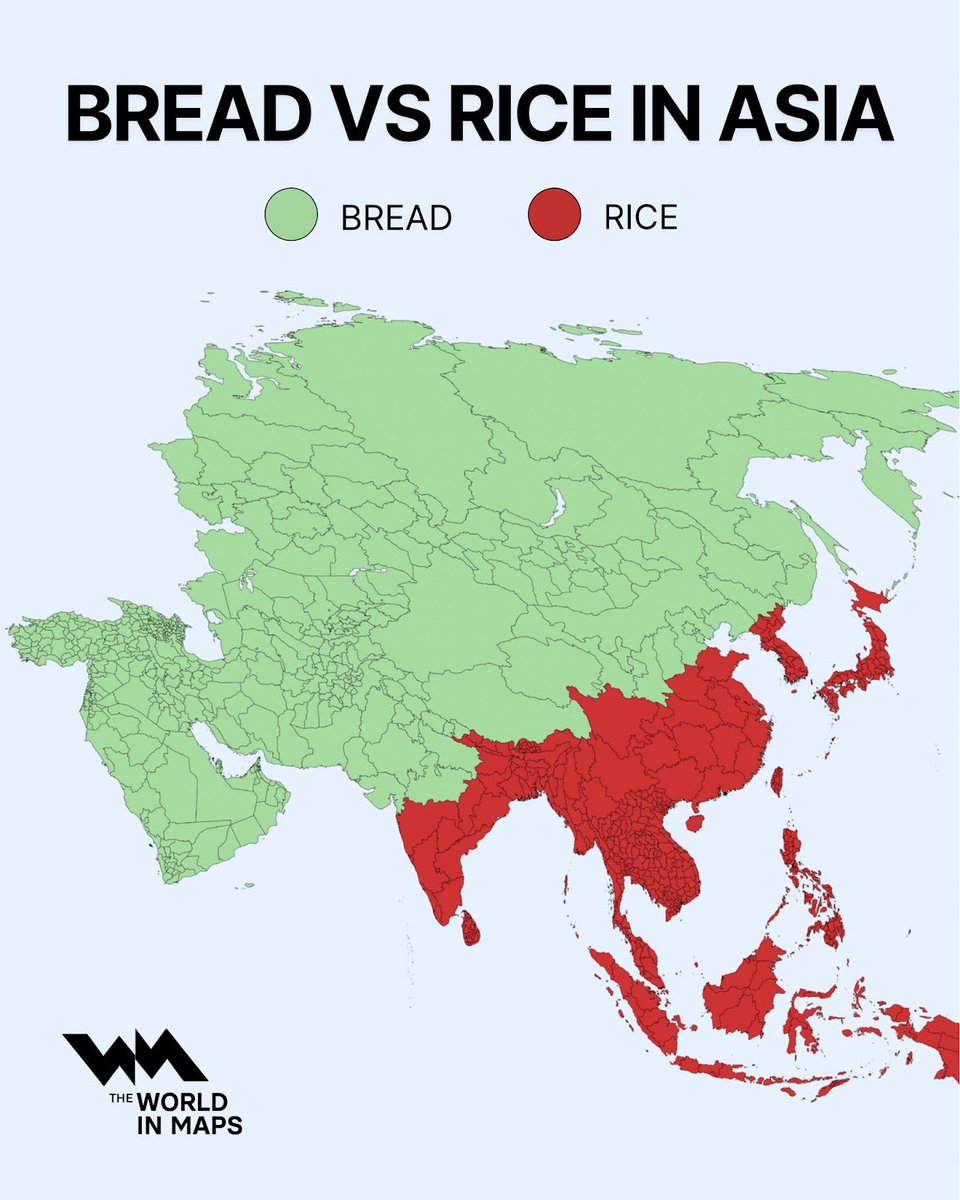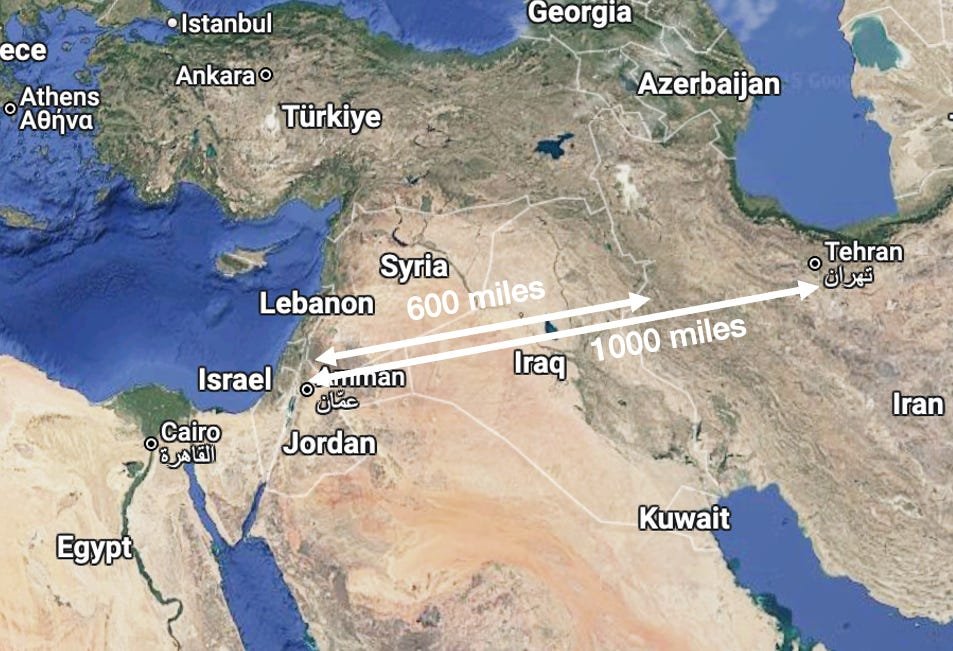What if there was a way to:
• Mitigate climate change
• Create more life
• Grow the economy
• And make money along the way?
Let's call it *Seaflooding*
• Mitigate climate change
• Create more life
• Grow the economy
• And make money along the way?
Let's call it *Seaflooding*

The Mediterranean used to be a dry, salty, inhospitable hellhole before the Zanclean Megaflood
Thanks to that flood, we have a wonderful sea. Life, trade, and the economy have thrived on its shores for thousands of years
What if we replicated that?
Thanks to that flood, we have a wonderful sea. Life, trade, and the economy have thrived on its shores for thousands of years
What if we replicated that?
https://twitter.com/tomaspueyo/status/1649108425245065219?s=20
We know what would happen:
Fill a dead depression with seawater
With more moisture, rains follow
Desert flowers blossom
As water accumulates, early on it turns pink



Fill a dead depression with seawater
With more moisture, rains follow
Desert flowers blossom
As water accumulates, early on it turns pink

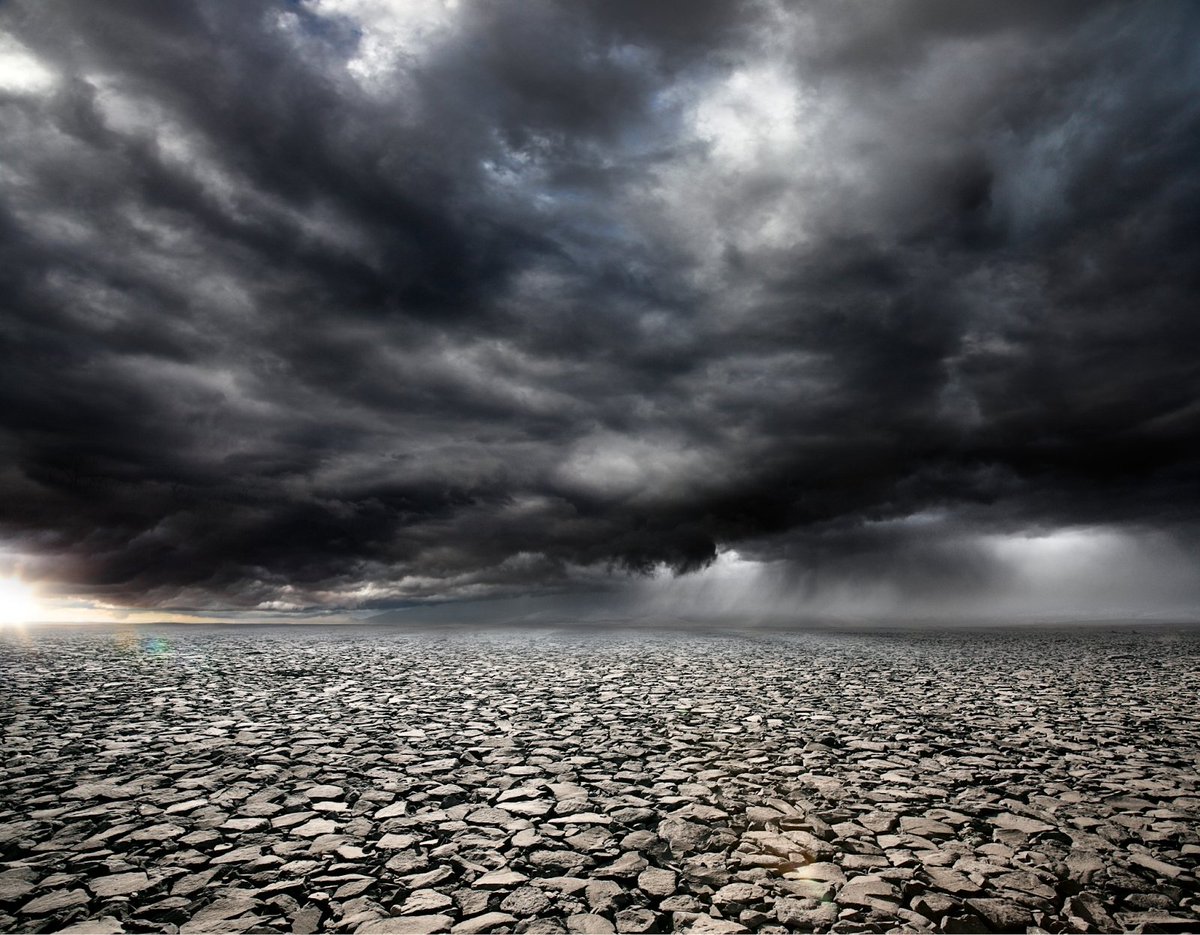


There are many hellholes on Earth that look exactly like the Med when it was dry:
• Below sea level
• So high pressure
• Very hot
• Very dry
• They concentrate salts brought by rivers that die in these hellholes
You probably think of one already: the Dead Sea
• Below sea level
• So high pressure
• Very hot
• Very dry
• They concentrate salts brought by rivers that die in these hellholes
You probably think of one already: the Dead Sea

It's 200-600m below sea level and there's not much there: some salt harvesting, a bit of tourism... It's mostly a desert 

You could bring water from the sea and flood it. This would mean:
• Electricity generation, given the huge depression
• Which could be used for desalination. Fresh water. Irrigation. More life.
• The area would get more moisture, with more plants & animals
• More tourism
• Electricity generation, given the huge depression
• Which could be used for desalination. Fresh water. Irrigation. More life.
• The area would get more moisture, with more plants & animals
• More tourism
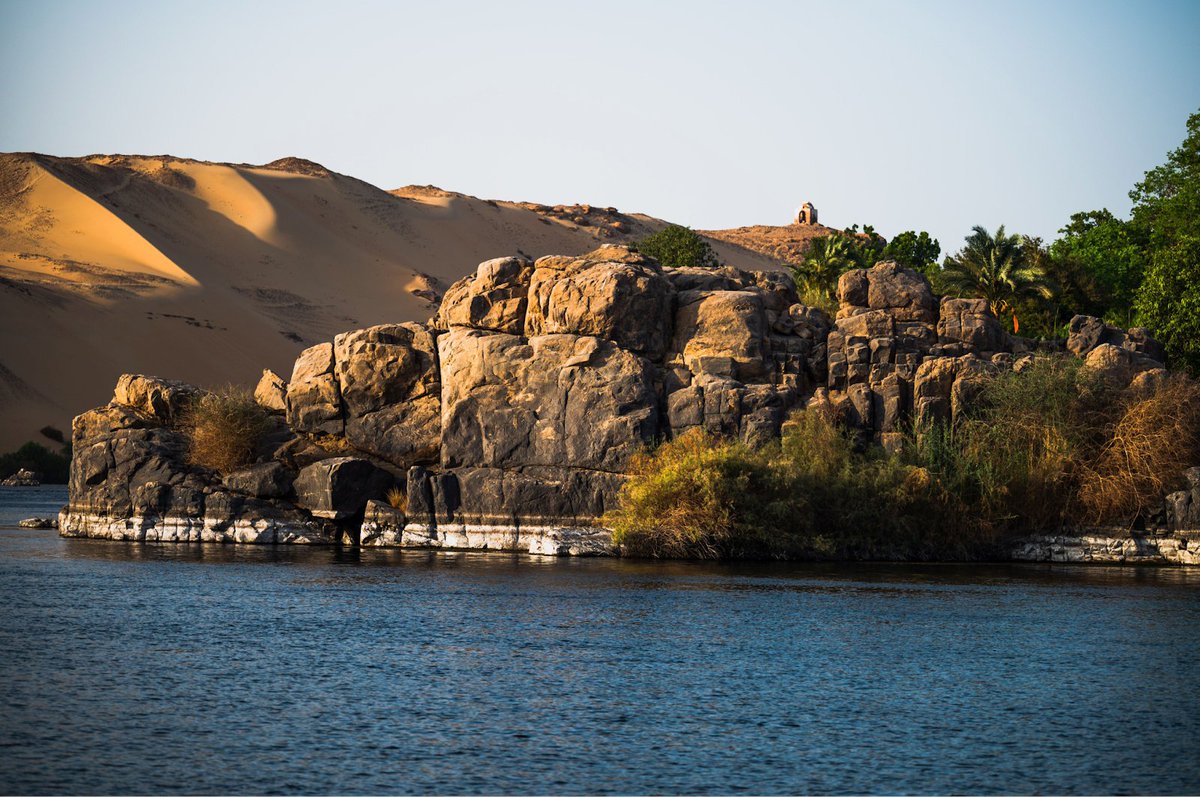
So why don't we do it? Well, we want to!
Jordan had the Red-Dead Water Conveyance project, bringing water from the Red Sea to the Dead Sea.
But they shelved it just a few years ago.
Why?
It's on the border with Israel, but Israel didn't show much interest.
Why?
Jordan had the Red-Dead Water Conveyance project, bringing water from the Red Sea to the Dead Sea.
But they shelved it just a few years ago.
Why?
It's on the border with Israel, but Israel didn't show much interest.
Why?

Because Israel had its own plan! The Med-Dead Canal would benefit from a shorter distance for the pipelines, along with a lower mountain range to go through
But Jordan is wary of more dependence on Israel
And this would have to go through the West Bank
➡️Nothing gets done
But Jordan is wary of more dependence on Israel
And this would have to go through the West Bank
➡️Nothing gets done

What if there was a similar hellhole that doesn't depend on any other country? There is! Let's just travel a few hundreds of km to neighboring Egypt and its Qattara Depression 
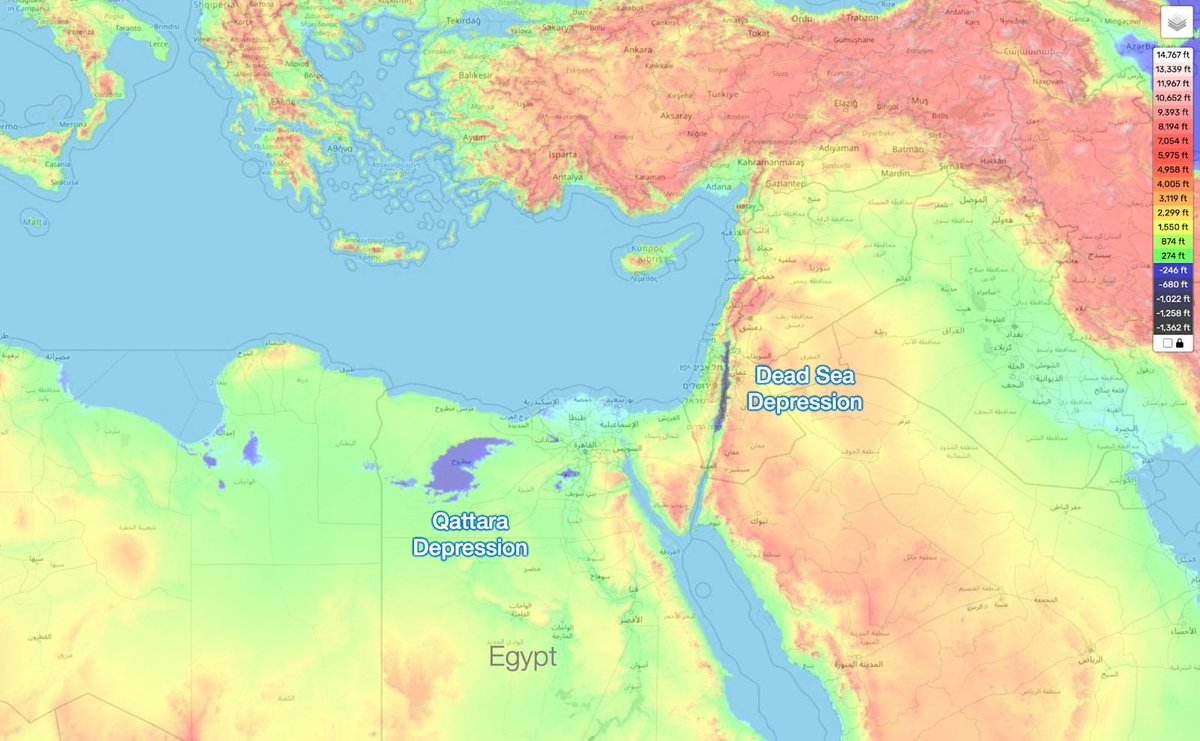
The Egyptian gov had the idea of seaflooding it
This would have the additional benefits of:
No international discussions
A much bigger surface
In a much more desertic & desolate region
It would reduce ocean levels by 3mm
And 6% of global warming-induced sea level increases

This would have the additional benefits of:
No international discussions
A much bigger surface
In a much more desertic & desolate region
It would reduce ocean levels by 3mm
And 6% of global warming-induced sea level increases
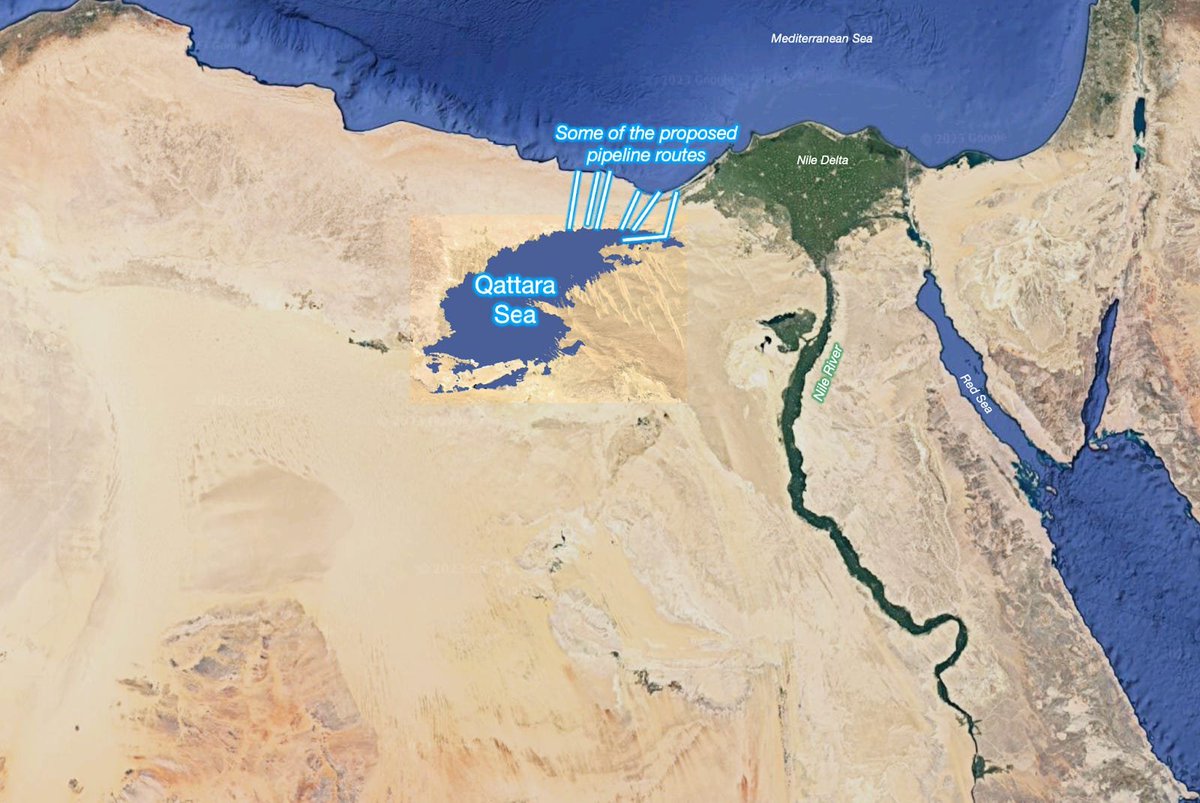

Not only that, but it would dramatically reduce Egypt's food scarcity—and hence political instability
Ecological impact studies have been carried out, finding no real downside. There are few local animals, they can be displaced, and + animals would come
Egypt should do it!
Ecological impact studies have been carried out, finding no real downside. There are few local animals, they can be displaced, and + animals would come
Egypt should do it!

I've gone into much more detail in this week's article
Subscribe to the newsletter to receive my articles in your inbox—it's free!
unchartedterritories.tomaspueyo.com/p/seaflooding
Subscribe to the newsletter to receive my articles in your inbox—it's free!
unchartedterritories.tomaspueyo.com/p/seaflooding
Also, follow me for more threads like this ~once a week
Where else can we do this? There's a bunch of places below sea level. One of them is a no-brainer to me, and it's in the US
I'll discuss it—and some others—in this week's premium article
unchartedterritories.tomaspueyo.com/subscribe
Where else can we do this? There's a bunch of places below sea level. One of them is a no-brainer to me, and it's in the US
I'll discuss it—and some others—in this week's premium article
unchartedterritories.tomaspueyo.com/subscribe

I see a lot of ppl think this is a good idea. So share it!
The more ppl know, the more they'll share. Soon, it will be common knowledge and governments will take action.
So RT the top tweet if you want to push the idea:
The more ppl know, the more they'll share. Soon, it will be common knowledge and governments will take action.
So RT the top tweet if you want to push the idea:
https://twitter.com/tomaspueyo/status/1655941779739521027?s=20
• • •
Missing some Tweet in this thread? You can try to
force a refresh













